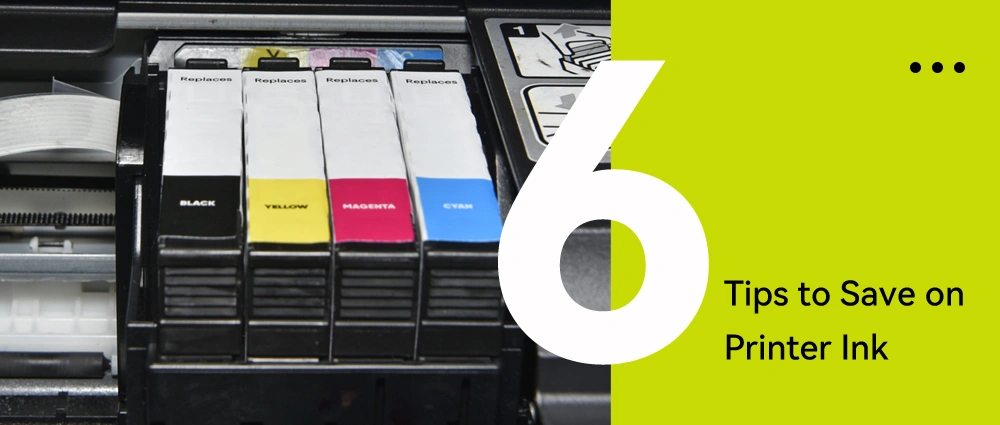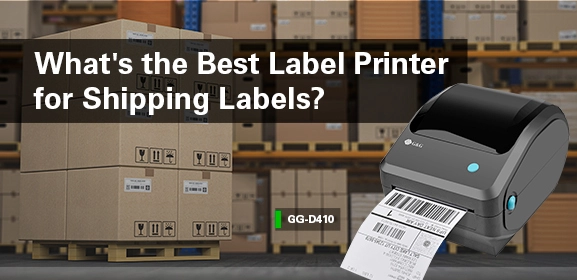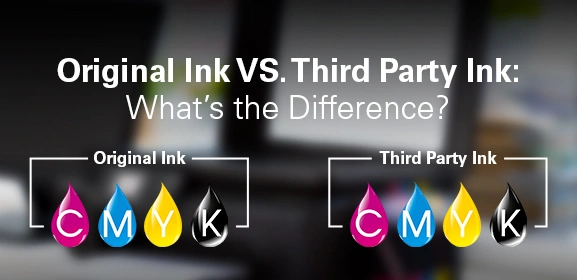-
Consumables
- Printers
- Industries
- Innovation
-
Partners
G&G Partner ProgramCo-Innovating Tomorrow Read More >
- About Us
-
Contact Us
The cost of owning a printer goes beyond its initial price. Don't forget the ongoing expense of buying ink cartridges whenever the printer runs out of ink. This is especially important if you have a business with lots of printing needs or if you print many photos. These extra costs can pile up quickly, but the good news is there are some ways to save on printer ink.

When buying a printer, consider the cost of ink cartridges as a significant factor. Some printers are more efficient when it comes to ink consumption. Look for models that are known for their economical use of ink, often labeled as "ink-efficient" or "eco-mode" printers.
Surprisingly, one way to save on ink is to keep your printer powered on. Printers often run automatic cleaning cycles to prevent the ink from drying out or clogging the nozzles, which can consume extra ink. By keeping an inkjet printer on, you avoid triggering a maintenance cycle each time you use it, which can help save much ink. However, for extended periods of non-use, it's advisable to turn the printer off to conserve energy.
The font you choose for your documents can also impact ink consumption. Some fonts are naturally thinner and require less ink to print. Fonts like Times New Roman, Calibri, and Arial are known to be more ink-efficient. Changing your texts from Bold to normal will also help extend your ink cartridge's life.
Buying high-yield cartridges can be a cost-effective approach in the long run. Many manufacturers offer high-yield ink cartridges that contain more ink than standard ones, often at a lower cost per page printed. This option not only saves you money but also reduces the frequency of purchasing and replacing cartridges.
For documents that don't require high-quality printing, consider using the "draft" or "fast" mode on your printer settings. This mode uses less ink and prints faster, which is perfect for internal documents or rough drafts.
When you print in color, the printer has to use varying amounts of different color inks to reproduce the desired hue. This results in more ink being used compared to black and white printing. When color isn’t necessary in your document, consider choosing black and white printing to extend the life of your color ink cartridge.
A combination of smart choices, efficient printing practices, and regular maintenance can lead to substantial savings over time. So, next time you print, give these tips a try and see if they can really help you save both money and resources.






